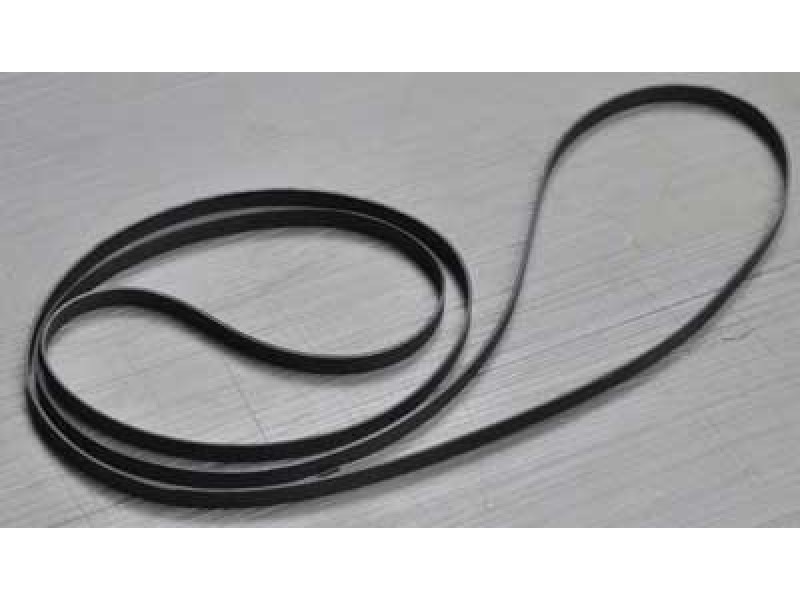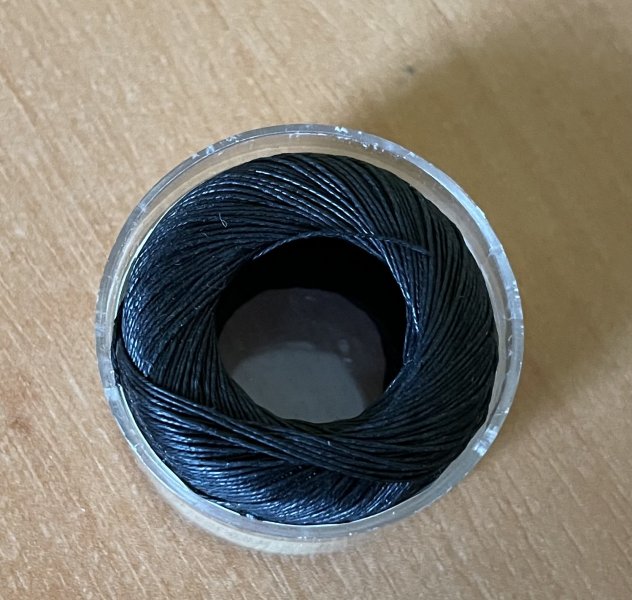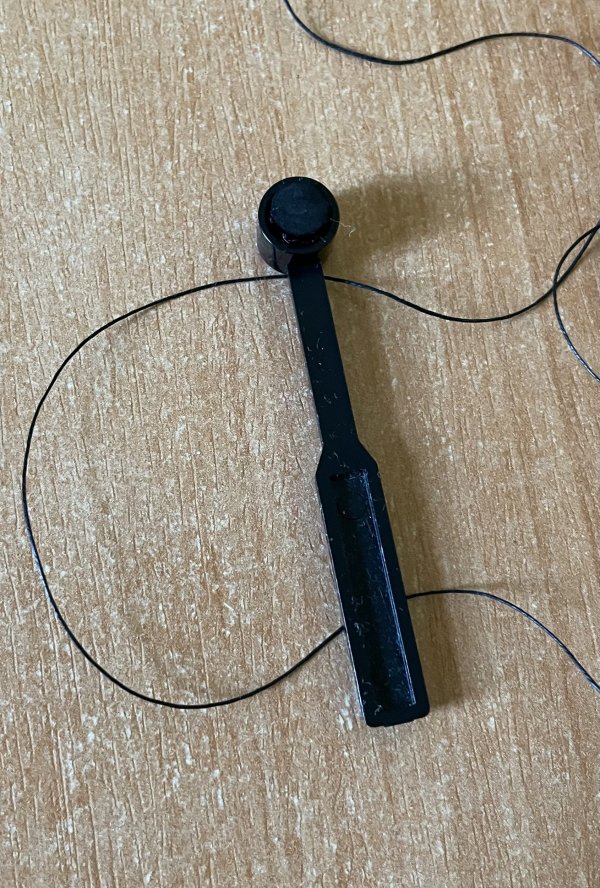Thank you Savvas !They are round shape with dimensions 290x1.5 mm EPDM70
Best material for turntable belt
- Thread starter Vienna
- Start date
You are using an out of date browser. It may not display this or other websites correctly.
You should upgrade or use an alternative browser.
You should upgrade or use an alternative browser.
Hi Vienna,Almost two years ago I tried for the first time an EPDM belt.
Back at that time I used to own a VPI Avenger Reference and I was tired with the Buna-M belts and their inconsistencies, not to mention the premature wear and cracking.
Back at this period I had tried some alternative materials and namely belts made of Polyurethane, Silicone, Neoprene, Viton to name just a few.
For an unknown to me reason the EPDM was clearly a winner in all aspects. The speed was more consistent and stable, while dynamics , bass and clarity were way better with this material.
On my effort to have the best possible made EPDM belt, I addressed the task to one of world’s leaders in polymer products. The task was to get calibrated EPDM belts with tight size tolerances across the whole length.
These belts offered (and are still offering) an outstanding service.
However until recently I wasn’t aware for the reason behind this positive experience, until the moment that accidentally read a study made by Parker one of the largest producers of o’ring in the world (https://www.parker.com/portal/site/...7575e210VgnVCM10000048021dacRCRD&vgnextfmt=EN)
At this study Parker is comparing different polymer materials and their properties as drive belts.
At this study it is proved that EPDM is the superior polymer drive material due to the low dynamic stress relaxation combined with very good flex resistance , reliability, abrasion resistance and resistance to high temperatures.
In comparison Silicone and Hypalon demonstrated much higher dynamic stress relaxation (very unsuitable for driving a platter), in addition silicone proved to have very poor abrasion resistance .
Neoprene demonstrated a dynamic stress relaxation similar to the EPDM but is fell short when it came to the flex resistance.
Could you support me to by 02 sets of above EPDM belts for VPI Avenger Reference turntable?
1. Fly wheel o'ring Rim Drive Belt - EPDM material - Black color x 2EA
2. Belt 1 & belt 2 (from motor to Rim drive) x 04 EA
I will pay via Mastercard before shipping.
My facebook: https://www.facebook.com/hvcvuong1
Looking forward to head from you soonest.
Tks in-advance!

I hate to resurrect an old thread, but where can i get a belt made for my Marantz table. the current loop is 2mmx292mm
I have been doing a lot of experimentation with the interface between the motor pulley and platter. I started with the Micro Seiki SX 8000 II, Play the original American Sound AS 1000 and now the AS 2000.
I have found that differences in the type of material, dimensions of the material, and tension are all audible in my system. Motor torque is also audible. In other words, all of this stuff matters.
I prefer a non-stretch belt to a stretchy belt. Dental floss sounded better than the non-stretch belt and non-stretch string of very small diameter sounds best to me in my system.
There’s also an interesting relationship between torque and tension. With my turntable platter’s high inertia and low friction bearing combination, I am trying to reduce the influence of the motor on the platter, so the string is fairly loose and of very small diameter. This results in a more natural sound.
I have found that differences in the type of material, dimensions of the material, and tension are all audible in my system. Motor torque is also audible. In other words, all of this stuff matters.
I prefer a non-stretch belt to a stretchy belt. Dental floss sounded better than the non-stretch belt and non-stretch string of very small diameter sounds best to me in my system.
There’s also an interesting relationship between torque and tension. With my turntable platter’s high inertia and low friction bearing combination, I am trying to reduce the influence of the motor on the platter, so the string is fairly loose and of very small diameter. This results in a more natural sound.
Are you serious about the dental floss?
Yes, of course. It is not very stretchy and it is extremely thin. The issue is trying to create a belt that is not twisted. It actually sounded better than any of the rubber belts I tried, stretch and non-stretch. I think it is because it is so thin and small.
I used a silk string between motor and platter for my former Nottingham Analog Hyperspace. The silk string gave a more precise sound over the supplied round rubber belt. However, a speed control device with a wide control band is necessary. I had to adjust the speed of the motor by a large jump to get back precisely 33 1/3RPM at the platter.
Thank you for the replies. it seems everyone I contacted has no interest in making me a belt for my TT. Will look into the silk thread route.
I have my belts made in custom lengths by the turntable/arm maker Origin Live.Thank you for the replies. it seems everyone I contacted has no interest in making me a belt for my TT. Will look into the silk thread route.

Turntable Belt Upgrade For Your Record Player - Custom Length
Turntable Belt to significantly improve the performance of any deck using a flat belt. Our belts surprise and delight owners beyond their expectations. This is due to their exceptional grip, low resonance and ability to reduce static. Available in any length / replaces and upgrades worn...
They refused to make me a round belt, only flatI have my belts made in custom lengths by the turntable/arm maker Origin Live.

Turntable Belt Upgrade For Your Record Player - Custom Length
Turntable Belt to significantly improve the performance of any deck using a flat belt. Our belts surprise and delight owners beyond their expectations. This is due to their exceptional grip, low resonance and ability to reduce static. Available in any length / replaces and upgrades worn...www.originlive.com
Excuse Me Bruce, how you tie dental floss?Dental floss..... unminted!
The junction could be like a step that create an interrupt...
I have a Hanss Acoustic T60 with two motor and i am interested in alternative belt.
I use this knot for my thread and I also used it when I experimented with dental floss. Dental floss is flat. Make sure you do not twist it. This knot is fairly smooth and keeps the obstruction on the outside, so it runs smooth as long as there are to twists and only the inside of the loop makes contact with the motor pulley and the platter. The advantage of dental floss is that it is non stretch. I prefer strong thread with loose tension to minimize influence of the motor on the platter, depending on torque, mass of the platter, and bearing friction.


basically same as in my Melco manual, but they show two rounds around both platter and pulley
I prefer one
I prefer one
basically same as in my Melco manual, but they show two rounds around both platter and pulley
I prefer one
Yes, one is best because two will never be the exact same diameter if non stretch, so tension will vary.
Sorry, I misunderstood you Leif. In this scenario, why do you prefer one loop? I have never tried a double loop like this.
I get lower wow figures......cannot claim I hear any difference
come to think of it maybe Melco(Kondo and Yamamura) thought you´d get away with slacker tension with same "grip" to reduce transfer of vibrations from pulley to platter?
have to retest......ha-ha..it never ends
come to think of it maybe Melco(Kondo and Yamamura) thought you´d get away with slacker tension with same "grip" to reduce transfer of vibrations from pulley to platter?
have to retest......ha-ha..it never ends
Similar threads
- Replies
- 236
- Views
- 17K
- Replies
- 97
- Views
- 17K
- Replies
- 1
- Views
- 2K
- Replies
- 12
- Views
- 2K
| Steve Williams Site Founder | Site Owner | Administrator | Ron Resnick Site Owner | Administrator | Julian (The Fixer) Website Build | Marketing Managersing |










